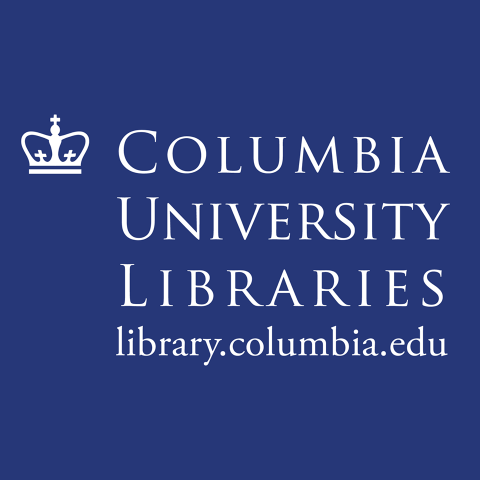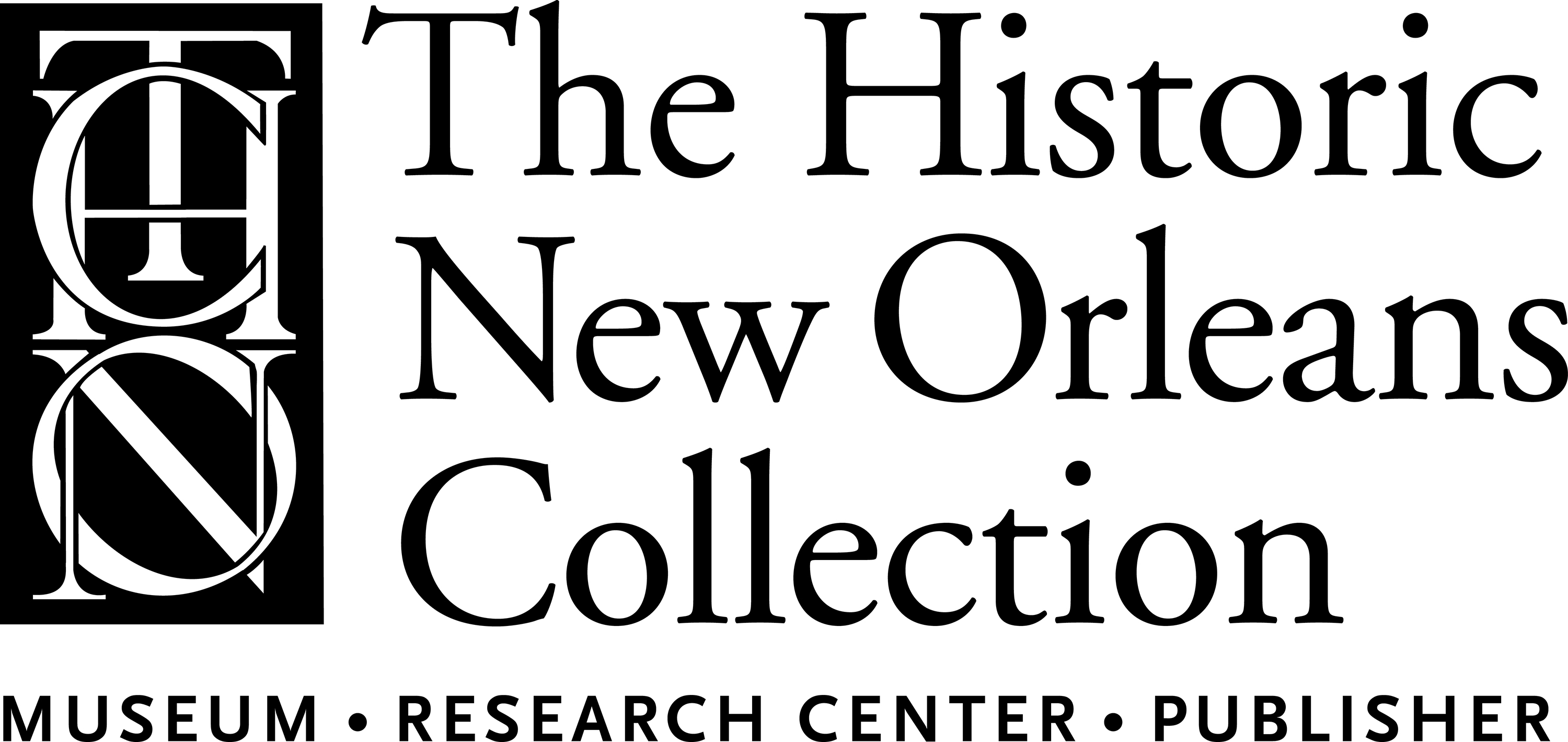bloc_article_content
The partners
19 partners
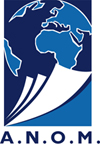 |
ANOM - Archives nationales d'Outre-mer
Heirs to more than three centuries of history, the Archives nationales d'outre-mer (National Overseas Archives) preserve two large collections with different administrative and archival histories: the archives of the secretariats of state and ministries in charge of the French colonies from the seventeenth to the twentieth century; and the archives transferred from the former colonies and Algeria at the time of independence, between 1954 and 1962, with the exception of the management archives that remained in the countries concerned.
In addition, there are private and corporate archives relating to overseas France, as well as a specialized library, map library and icon library.
|
 |
BAC - Bibliothèque et Archives Canada As the custodian of our distant past and recent history, Library and Archives Canada (LAC) is a key resource for all Canadians who wish to gain a better understanding of who they are, individually and collectively. LAC acquires, processes, preserves and provides access to our documentary heritage and serves as the continuing memory of the Government of Canada and its institutions. |
|
|
BANQ - Bibliothèque et Archives nationales du Québec At once national library, national archives and public library of a major metropolitan city, Bibliothèque et Archives nationales du Québec (BAnQ) brings together, preserves and promotes heritage materials from or related to Québec. As a key player of the knowledge society and a genuine cultural hub, BAnQ strives to democratize access to knowledge. It carries out its activities in 12 facilities which are open to the public across Québec. |
 |
Bibliothèque municipale de Versailles The classified municipal library of Versailles is a network spread over nine locations. Among the district libraries are the Heure Joyeuse, which is aimed at young people, and the Atelier numérique. The central library, located in the former Hôtel des Affaires étrangères et de la Marine, built in 1761-1762 at the request of the Duke de Choiseul, combines public reading and heritage collections, most of which came from revolutionary confiscations and were enriched by donations and acquisitions. |
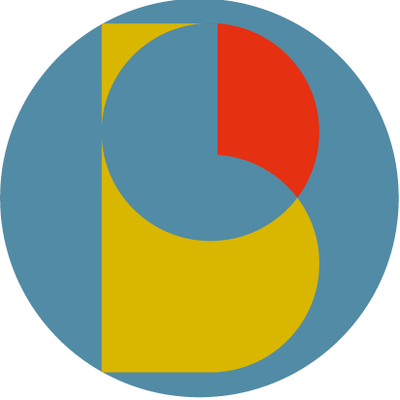 |
Bibliothèque municipale de Bordeaux During the Revolution, 140,000 works confiscated from the libraries of convents and emigrated nobles were added to the collections of the Académie, which were also seized. This ensemble formed a literary depository in the convent of the Feuillants, the management of which was entrusted by decree to the municipality in 1803. This was the birth of the municipal library. It continued to grow in the 19th century through donations and purchases.
|
 |
BnF - Bibliothèque nationale de France The Bibliothèque nationale de France, as it was named in 1994, is the heir to the royal collections built up since the end of the Middle Ages. The collections of the BnF are unique in the world: fifteen million books and journals, but also manuscripts, prints, photographs, maps and plans, sheet music, coins, medals, sound documents, videos, multimedia, sets, costumes... in constant growth. All intellectual, artistic and scientific disciplines are represented in an encyclopedic spirit. Its physical facilities are visited each year by more than one million people and its online resources receive more than 30 million visits. Its digital library, Gallica, allows free consultation of more than four million documents. |
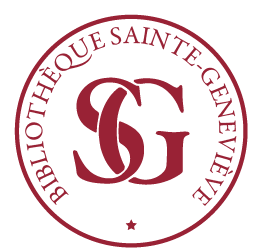 |
Bibliothèque Sainte-Geneviève The Sainte-Geneviève Library is a public and inter-university library, accessible free of charge to anyone over the age of 18 or holding a baccalauréat. Its exceptional collections are multidisciplinary and include approximately two million documents divided into three collections: the Réserve, which contains one of the largest collections of old, rare and precious documents; the Fonds général, which contains documents published from 1830 to the present day; and the Bibliothèque nordique, which contains one of the richest collections in Europe in the Fenno-Scandinavian field. In addition, there are numerous objects and works of art: paintings, models, sculptures, scientific instruments, " sauvageries ", etc. The library offers its 40,000 registered readers about 800 places. |
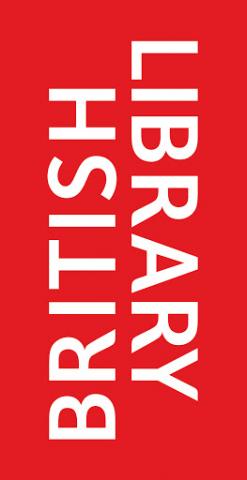 |
British Library
We are the national library of the United Kingdom and give access to the world’s most comprehensive research collection. We provide information services to academic, business, research and scientific communities. Our collection of over 170 million items includes artefacts from every age of written civilisation. We keep the nation’s archive of printed and digital publications, adding around three million new items to our collection every year.
We have many books, but we have so much more. Our London and Yorkshire sites have everything from newspapers to sound recordings, patents, prints and drawings, maps and manuscripts. Our inspiring exhibitions interpret these collections and bring their stories to the public.
|
|
|
Columbia University Libraries Columbia University Libraries is a top-tier academic research library, serving one of the world's most important centers of research and learning. The Libraries build, sustain, and make discoverable collections that transcend traditional boundaries of format and domain, keeping pace with a dynamic and rapidly evolving information environment and creating unique opportunities for users to encounter global thought. As vital partners in the University's research and learning ecosystem, the Libraries connects users with rich and distinctive collections, fosters meaningful learning experiences, and provides innovative research support for a large, diverse user population. |
 |
CRKN-RCDR - Canadian Research Knowledge Network Working with librarians, researchers, administrators, funders and publishers, CRKN has engaged stakeholders in innovative projects and initiatives, transformed the research environment by improving access to content in Canadian universities, and influenced the marketplace through a reduction in costs for CRKN members. CRKN’s inclusive and large-scale approach to content licensing continues to deliver value to its member universities and its model is considered a best practice internationally. |
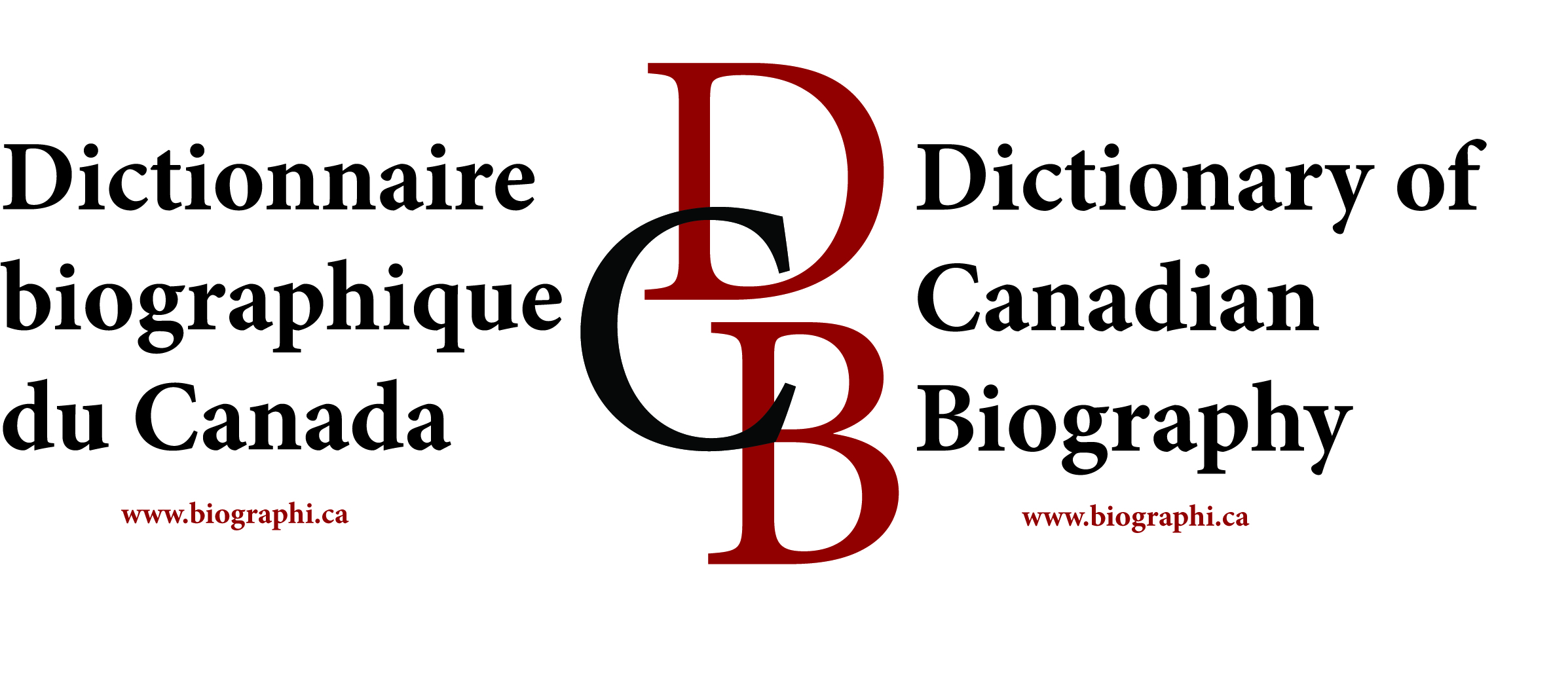 |
Dictionary of Canadian biography
The DCB/DBC was made possible by James Nicholson. The Toronto businessman left the bulk of his estate to the University of Toronto for the purpose of creating a biographical dictionary of Canada. The project officially began in Toronto in 1959. Since the Université Laval became associated in 1961, work has been conducted in French and English, and the publication appears in both languages. The website now contains almost 9,000 biographies, which describe the lives of those whose deaths or last-known activities occurred between the years 1000 and 1940. Also included are entries on voyagers whose activities precede 1000, as well as several dozen biographies of individuals who died after 1940. A new biography is published every week.
|
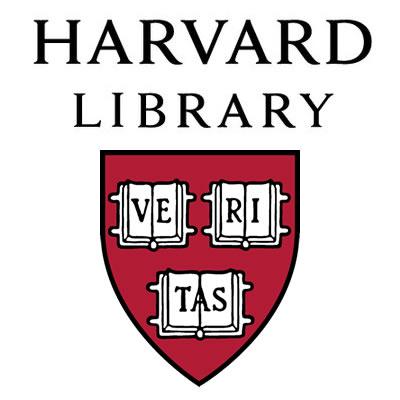 |
Harvard Library We are more than 700 staff across 28 libraries. Our collections number over six million digitized items, 20 million volumes, 400 million manuscripts, one million maps, and tens of millions of digital images, and our rare and special collections are amongst the most remarkable in the world. We collect collaboratively with peer institutions and facilitate international open access, multiplying our users’ access to materials. Established in 1638, we are the oldest library system in the United States and the world’s largest academic library. |
|
|
HNOC - Historic New Orleans Collection |
 |
Howard Tilton Memorial Library, Tulane University Howard-Tilton Memorial Library is Tulane's main library and its general circulating collections are among the largest in the Gulf region of the United States. Collection development at the library is tightly focused in support of Tulane's academic programs, while its collections have still grown to include nearly 3.9 million volumes housed in the main Howard-Tilton building and an off site storage facility—exclusive of the materials held in the library's archival Special Collections in Jones Hall. |
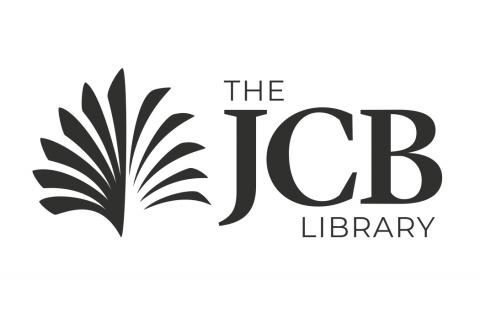 |
JCB - John Carter Brown Library John Carter Brown’s famed Americana collection was initially formed in 1846 and the John Carter Brown Library (JCB) opened its doors to the scholarly world in 1904 as an independently funded and autonomously administered institution for advanced research, affiliated with Brown University and located on its main campus. With a public mission to share its historical materials, the JCB holds one of the world’s outstanding collections of primary sources – including manuscripts, books, maps, and other printed materials – related to all aspects of the Americas during the period stretching from the late-fifteenth to the middle of the nineteenth century. |
 |
LOC - The Library of Congress The Library of Congress is the largest library in the world, with millions of books, recordings, photographs, newspapers, maps and manuscripts in its collections. The Library is the main research arm of the U.S. Congress and the home of the U.S. Copyright Office. The Library preserves and provides access to a rich, diverse and enduring source of knowledge to inform, inspire and engage you in your intellectual and creative endeavors. Whether you are new to the Library of Congress or an experienced researcher, we have a world-class staff ready to assist you online and in person. |
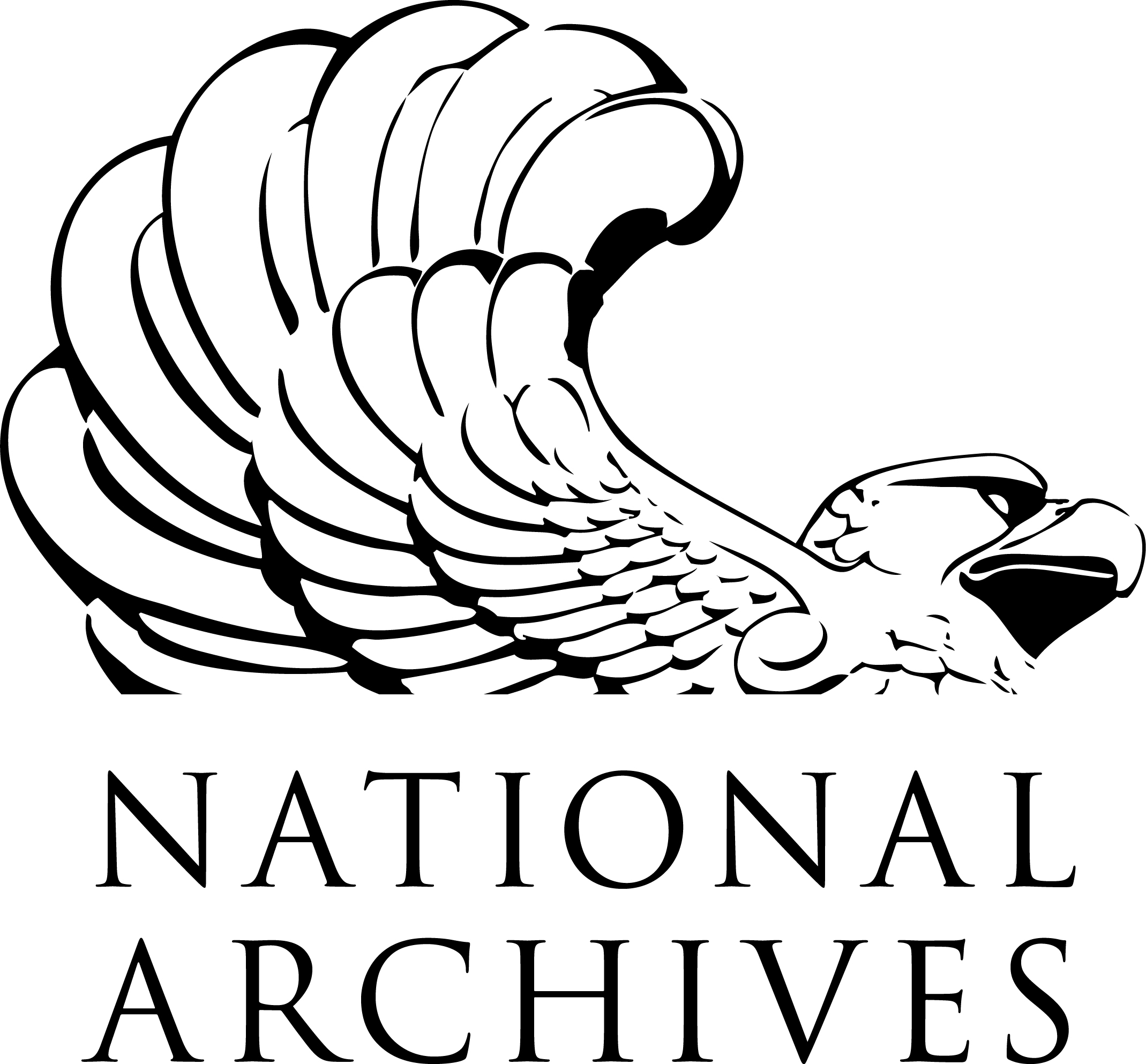 |
NARA - National Archives and Records Administration The National Archives was established in 1934 by President Franklin Roosevelt, but its major holdings date back to 1775. They capture the sweep of the past: slave ship manifests and the Emancipation Proclamation; captured German records and the Japanese surrender documents from World War II; journals of polar expeditions and photographs of Dust Bowl farmers; Indian treaties making transitory promises; and a richly bound document bearing the bold signature "Bonaparte"—the Louisiana Purchase Treaty that doubled the territory of the young republic. NARA keeps only those Federal records that are judged to have continuing value—about 2 to 5 percent of those generated in any given year. By now, they add up to a formidable number, diverse in form as well as in content. |
|
|
NYPL - New-York Public Library The New York Public Library has been an essential provider of free books, information, ideas, and education for all New Yorkers for more than 100 years. Founded in 1895, NYPL is the nation’s largest public library system, featuring a unique combination of 88 neighborhood branches and four scholarly research centers, bringing together an extraordinary richness of resources and opportunities available to all. Serving more than 17 million patrons a year, and millions more online, the Library holds more than 55 million items, from books, e-books, and DVDs to renowned research collections used by scholars from around the world. |
 |
Princeton University Library Integral to Princeton University’s mission, we enrich teaching, learning, and research by providing world-class library services and collections that are responsive to a rapidly changing scholarly environment. In collaboration with a global community of institutions with similar missions, we ensure continuing access to the world’s diverse intellectual and cultural heritage in all its forms. Within Princeton University and across the global academic community, we aspire to be an active and creative partner by stimulating intellectual analysis, providing stewardship, and responding to evolving forms of pedagogy and research. |
Réduire l'article ^


